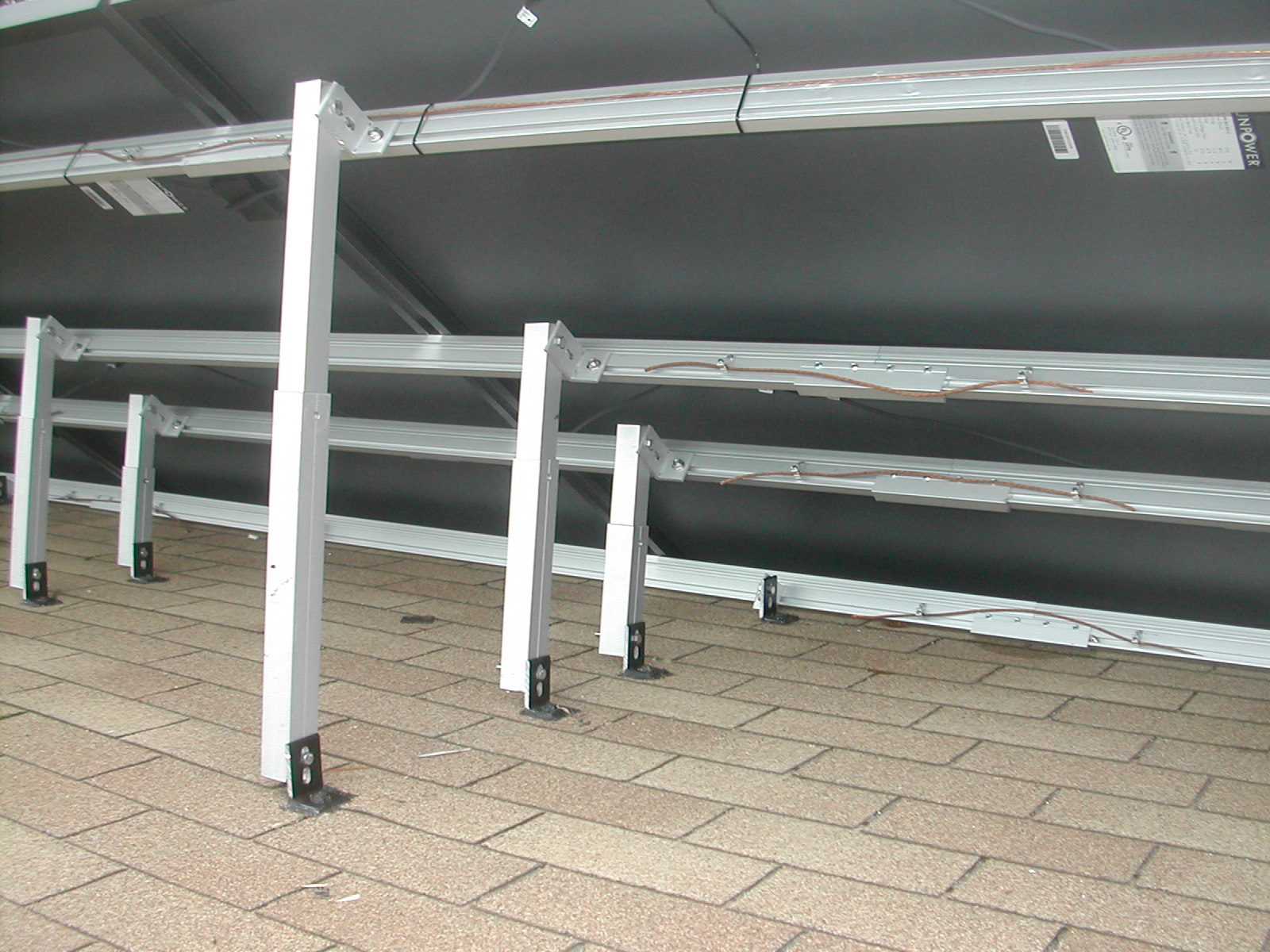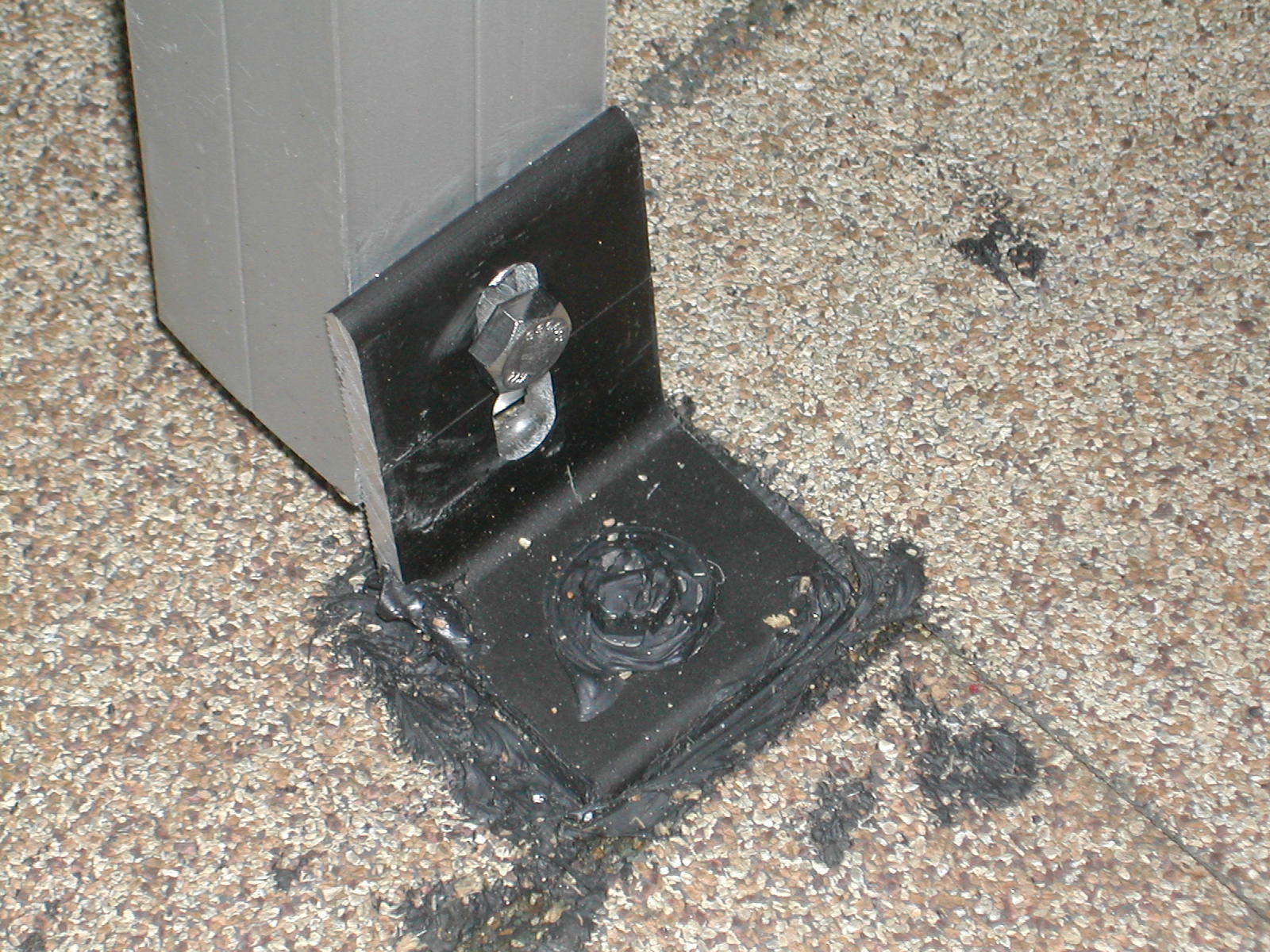Photovoltaics Installation FAQs
9/15/25 Update
I violated The Grumpy Rule* last weekend by allowing one JBillel to talk me into replacing my solar panels with newer better ones…he had to help though.
Dropping twenty 35-lb panels and hoisting twelve** 55-pounders up/down from a 20 foot roof was hard work, even for the young helper…satisfying, but never again.
That added $2200 to the total project cost, but should increase output by about a third after considering new panel and inverter efficiency, plus old panels age/degradation. Let’s see if this is financially worthwhile...
Hyperion By Runergy 400W Bifacial Solar Panels and a Growatt 7.6kW Grid-Tie Inverter, all from Signature Solar. Good people to work with.
*The reason old men get hurt? From thinking they’re still young men…
**EDIT: And now I get to add an additional seven inches to the end of those racks so I can install another two panels...for 5.6kW total (4.1kW on original installation). Price above reflects 14 panels.
8/1/24 Update
Most of the below info is still valid, however 16 years on I have yet to recover my initial installation costs.
The installed cost of the 4.1kW system was $18,109 (2008 dollars); as of this date, the system has generated $13,029 (not adjusted for inflation) tracking monthly output and per-kW monthly rates.
So why it is that a system that was sold as paying for itself within 10 years has not? Well, there are several factors:
- In 2007, it was estimated that energy rates would increase 5% annually (it had been trending 8-10% for the prior 10 years). That didn't happen. Instead, this little thing called "fracking" got discovered and our energy costs actually decreased for many years (the "green push" is changing that trend).
- In 2007, it was estimated that PV owners would get somewhere in the range of 5-7c/kWh generated for their Renewable Energy Credits -- RECs. These were credits that other electrical customers would pay to be able to buy my "green energy"; that would generate some additional $125-140 in revenue. In reality, today's RECS pay about $30-35 per quarter.
- Inflation would increase to about 5% per year, making the immediate investment more attractive. Didn't happen until about three years ago, by then it was way too late.
My idea of buying into PV is simple: this was purely a financial play, I'm getting into the power generation business. That system will sit on my roof, generating quarters that slide down a chute. I can use those quarters for anything: buy a car, reduce my electrical bill, grab some beer
But note that these quarters do not reduce my electrical costs, unless I also reduce my electrical usage. The only way I can reduce my electrical costs is to reduce my use...and don't let a sales person try to convince you otherwise.
A lot of people don't think about it that way. They just think of it in terms of their electricity bill; it's "free electricity" after all! But in fact that electricity isn't free because you have capital/startup costs, be it purchase costs, roof space, monthly lease, whatever you like. Nothing is free, you just pay for that electricity in a different way than a monthly bill to Eversource (or whomever).
The goal is to generate more revenue than the costs of installation, maintenance, and repairs. What I do with that revenue is irrelevant to the financial success of the project.
If you remind yourself you're going into the power generation biz, with (high) initial capital and (low) variable costs, and manage expectations accordingly, you'll be happy.
For me the initial capital cost was the $18,109 plus roof space, plus the ongoing maintenance of cleaning the panels and removing the fungus/mold that grows on the roof shingles under the panel. The system has only generated $13,029 in electricity so far.
It has not, to date, been a financial success.
So, in 2024, would I do it again? Maybe, but probably not.
The costs for PV systems today are about 1/3 of what it was in 2007 when I contracted this. Had I been able to pay half for the system then we'd have broken even in straight dollars about ten years in and I'd be OK with it (plus after payoff it keeps generating quarters).
But note that putting that same $18k in an S&P 500 fund back in 2008 would be worth about $65k today, a much better ROI (and I could have bought a lot of electricity for that). Sure, markets fluctuate, but have you ever heard of someone funding their retirement from electricity generated on their roof...?
And if I did it again, would I buy or lease? Well, that depends on the terms. Leasing would allow me to take that long-term cash flow and invest it. On the other hand, I'm very skeptical about the terms of these leases and by purchasing (or financing) a system outright I would reap the whole financial benefits of the installation (those solar companies are keeping a good chunk of your ROI for themselves, like the tax benefits - "ain't no such thing as a free lunch").
And one other point about longevity. My panels' output is degrading after 16 years - totally expected behavior - and I contacted the installer about some visual defects and if they could review them under the panels' 25-year warranty. Their response? "...we no longer have an office in your state, please contact [a recommended installer] that can help with warranty replacement of your solar panels at their standard labor rates."
So I sent a note to the panel manufacturer about the panels, and their response? "[We] understand you have concerns regarding the warranty on your underproducing panels...SunPower is responsible for the warranty and technical support on products it has sold..."
Sunpower filed for bankruptcy on August 5, 2024.
So pick your poison with an open mind. - GA
An interesting and relevant podcast: Rooftop solar's dark side:
https://www.npr.org/2024/07/12/1197961036/rooftop-solar-panels-energy-bills-marketing?
The Original 2010 Blog Post
I get regular emails from homeowners interested in installing a photovoltaics system, in regards to the system hardware itself and the installation by Sunlight Solar. To address the lion's share of these questions, I've created this FAQ.
If after reading this you have any further questions, please feel free to contact me.
Did the installation of the panels create any "visual" eyesores, i.e. poorly installed cables down the side of your house etc?
Nope. On the contrary, the install is very professional and clean. One of the main concerns for my wife was the visual aspect of the install, and she's very pleased with the end result.
Did you realize the savings in your electric bill that you expected?
So far. When the system was installed mid-January 2008 it was rated to output 4600 kWh per year. At the time of this FAQ update (January 2016) the system has generated slightly over 34,000 kWh of AC power, for an average of 4396 kWh per year of running time. not as much as rated, but we have had some trees grow to the point of partially blocking the panels at times.
Have you have any problems with the system?
Only one. In early 2011 the inverter, Sunpower SPR-4000X, was under a recall and I had to shut off the panels. The company worked as fast as they could to resolve it, and did so at no costs to me. Plus, the offered me a $100 gift card for the loss of generation.
Otherwise, the system has been running flawlessly.
How was Sunlight Solar to work with during the installation process?
Very easy to work with. The sales rep was very patient with my numerous inquiries and concerns. The install guys got in there and completed the work very quickly (roughly 5 working days or so?) and my main install contact was very helpful with all the follow-up inspections.
All in all, a completely painless experience.
Did they do what they said they would do when they said they would do it at the quoted cost?
Absolutely, to a "t". No surprises, exactly as expected.
Would you use Sunlight Solar again?
Absolutely. They came recommended to me from a mutual friend, and I'm glad I followed through.
Did you buy or lease?
Purchased. Back in 2007, leasing was not a viable option as it is today. Further, both the State of CT and the Federal government were offering generous rebates for the installation of panels, and I wanted to receive those benefits.
Which way would you go today?
Can't say, as I've not really reviewed the terms on today's lease packages. You would need to review the lease terms, and compare that to installation costs and tax breaks/incentives for purchase and then choose your preferred level of desired risk/reward. But, in general, leasing seems to be mostly free of start-up costs, whereas purchasing required increased investment but higher return. Contact someone financially savvy to help you go over the numbers if you're not sure.
If you could do it over again would you have gone through with the solar panel installation? Why or Why not?
Most likely.
My primary - almost exclusive - reason for installing PV was financial, as a hedge against future rising energy costs. My fixed financial costs/considerations balanced the costs of installation versus the State and Federal rebates (which, back then, recovered about half the installation costs), and my variable costs assumed capture of the Renewable Energy Credits (which were all the rage at the time) and and assumption of approximately 5% annual increase in electricity costs (it had averaged 8-11% for the prior ten years).
Unfortunately, since then RECs have gone out of favor (there's some, but only ~$150 annually) and our electricity costs have actually declined over the last 10 years (thanks to new sources of natural gas via fracking). So the ROI on the panels has not met the initial expectations.
Regardless, the install seems to be a reasonable investment and while my timeline for payback has been extended I'm confident it will at least pay for itself in a reasonable time frame. Other than the costs itself I have absolutely no reason for not wanting to do it again. In fact, I'm really sorry I took so long to actually make it happen!
Anything else you would do differently today?
Today's panels are far more efficient and less costly, so I'd look into higher output systems. In addition, I do wish I had a wifi-enabled inverter where I could read and watch production real-time (I have to manually read the meter and the inverter to see the outputs). Otherwise, it just sits up there quietly making electricity...














Comments
Post a Comment